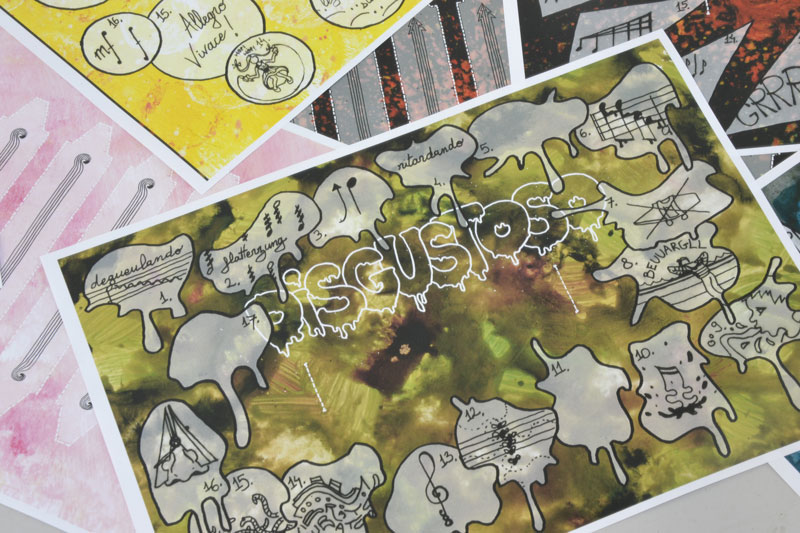The question of how to approach teaching musical expressiveness is very often neglected by teachers, but it is a subject that is particularly close to my heart. The thesis for my Master’s in Pedagogy, entitled “Emotions in Motion – L’expressivité au cœur de l’apprentissage musical” (Expressiveness at the heart of musical learning), focused on research into emotional intelligence and led to the creation of a collection of graphical studies on musical expressiveness. These studies offer a way of unlocking various emotions and giving students, even beginners, concrete methods for interpreting these emotions. With the help of explanatory notes, teachers are able to use the medium of graphics to demystify the very abstract concept of musical emotion.
The thesis won prizes for its high quality and the innovative nature of the research involved, including the Prix Paléo HES-SO. It also played a key role in my nomination for the cultural grant offered by the Leenaards foundation. I continue to experiment with this material during lessons with my students and when organising saxophone courses, especially in workshops with small groups of young instrumentalists. The first version of this collection was expanded and reworked during the final stages of my thesis, and one of my goals is to have it published.




